Filter by
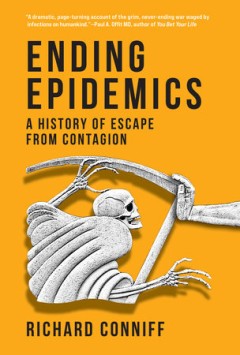
Ending Epidemics: A History of Escape from Contagion
How scientists saved humanity from the deadliest infectious diseases—and what we can do to prepare ourselves for future epidemics. After the unprecedented events of the COVID-19 pandemic, it may be hard to imagine a time not so long ago when deadly diseases were a routine part of life. It is harder still to fathom that the best medical thinking at that time blamed these diseases on noxious…
- Edition
- -
- ISBN/ISSN
- 9780262373869
- Collation
- -
- Series Title
- -
- Call Number
- -
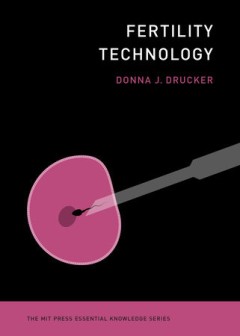
Fertility Technology
A concise overview of fertility technology—its history, practical applications, and ethical and social implications around the world. In the late 1850s, a physician in New York City used a syringe and glass tube to inject half a drop of sperm into a woman's uterus, marking the first recorded instance of artificial insemination. From that day forward, doctors and scientists have turned to t…
- Edition
- -
- ISBN/ISSN
- 9780262372336
- Collation
- -
- Series Title
- -
- Call Number
- -
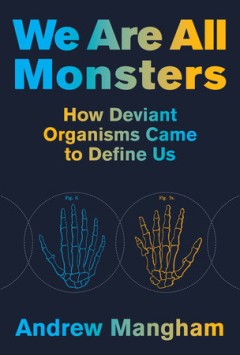
We Are All Monsters: How Deviant Organisms Came to Define Us
How the monsters of nineteenth-century literature and science came to define us. “Was I then a monster, a blot upon the earth, from which all men fled and whom all men disowned?” In We Are All Monsters, Andrew Mangham offers a fresh interpretation of this question uttered by Frankenstein's creature in Mary Shelley's 1818 novel in an expansive exploration of how nineteenth-century literat…
- Edition
- -
- ISBN/ISSN
- 9780262372473
- Collation
- -
- Series Title
- -
- Call Number
- -
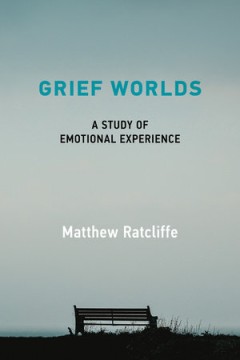
Grief Worlds: A Study of Emotional Experience
A wide-ranging philosophical exploration of what it is to experience grief and what this tells us about human emotional life. Experiences of grief can be bewildering, disorienting, and isolating; everything seems somehow different, in ways that are difficult to comprehend and describe. Why does the world as a whole look distant, strange, and unfamiliar? How can we know that someone is dead, …
- Edition
- -
- ISBN/ISSN
- 9780262372619
- Collation
- -
- Series Title
- -
- Call Number
- -

Mental Patient: Psychiatric Ethics from a Patient's Perspective
A philosopher who has experienced psychosis argues that recovery requires regaining agency and autonomy within a therapeutic relationship based on mutual trust. In Mental Patient, philosopher Abigail Gosselin uses her personal experiences with psychosis and the process of recovery to explore often overlooked psychiatric ethics. For many people who struggle with psychosis, she argues, psychos…
- Edition
- -
- ISBN/ISSN
- 9780262371216
- Collation
- -
- Series Title
- -
- Call Number
- -
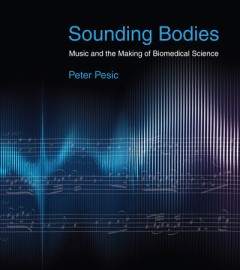
Sounding Bodies: Music and the Making of Biomedical Science
The unfolding influence of music and sound on the fundamental structure of the biomedical sciences, from ancient times to the present. Beginning in ancient Greece, Peter Pesic writes, music and sound significantly affected the development of the biomedical sciences. Physicians used rhythmical ratios to interpret the pulse, which inspired later efforts to record the pulse in musical notation.…
- Edition
- -
- ISBN/ISSN
- 9780262367707
- Collation
- -
- Series Title
- -
- Call Number
- 610.28
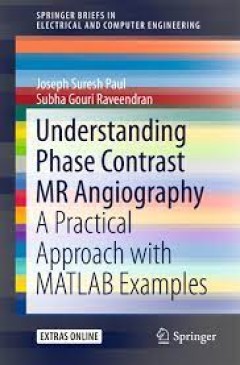
Understanding Phase Contrast MR Angiography A Practical Approach with MATLAB…
Providing many unique MATLAB codes and functions throughout, this book covers the basics of Magnetic Resonance Imaging (MRI), leading to an in-depth understanding of the concepts and tools required for analysis and interpretation of Phase Contrast MR Angiography (PC-MRA). The concept of PC-MRA is often difficult, but essential for practicing engineers and scientists working in MR related areas.…
- Edition
- -
- ISBN/ISSN
- 978-3-319-25483-8
- Collation
- -
- Series Title
- -
- Call Number
- -

In-Vitro Diagnostic Devices Introduction to Current Point-of-Care Diagnostic…
Addressing the origin, current status, and future development of point-of-care diagnostics, and serving to integrate knowledge and tools from Analytical Chemistry, Bioengineering, Biomaterials, and Nanotechnology, this book focusses on addressing the collective and combined needs of industry and academia (including medical schools) to effectively conduct interdisciplinary research. In additi…
- Edition
- -
- ISBN/ISSN
- 978-3-319-19736-4
- Collation
- VI, 106
- Series Title
- -
- Call Number
- 621 CHEci

High-Resolution Profiling of Protein-RNA Interactions
The work reported in this book represents an excellent example of how creative experimentation and technology development, complemented by computational data analysis, can yield important insights that further our understanding of biological entities from a systems perspective. The book describes how the study of a single RNA-binding protein and its interaction sites led to the development of t…
- Edition
- 1
- ISBN/ISSN
- 978-3-319-16252-2
- Collation
- XXIII, 121
- Series Title
- Springer Theses
- Call Number
- 621 MUN h
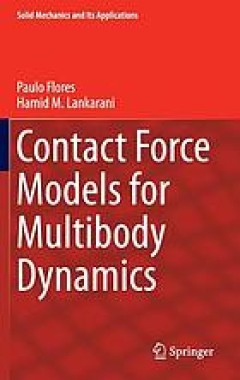
Contact Force Models for Multibody Dynamics
This book analyzes several compliant contact force models within the context of multibody dynamics, while also revisiting the main issues associated with fundamental contact mechanics. In particular, it presents various contact force models, from linear to nonlinear, from purely elastic to dissipative, and describes their parameters. Addressing the different numerical methods and algorithms for…
- Edition
- -
- ISBN/ISSN
- 9783319308975
- Collation
- -
- Series Title
- -
- Call Number
- 610.28
 Computer Science, Information & General Works
Computer Science, Information & General Works  Philosophy & Psychology
Philosophy & Psychology  Religion
Religion  Social Sciences
Social Sciences  Language
Language  Pure Science
Pure Science  Applied Sciences
Applied Sciences  Art & Recreation
Art & Recreation  Literature
Literature  History & Geography
History & Geography